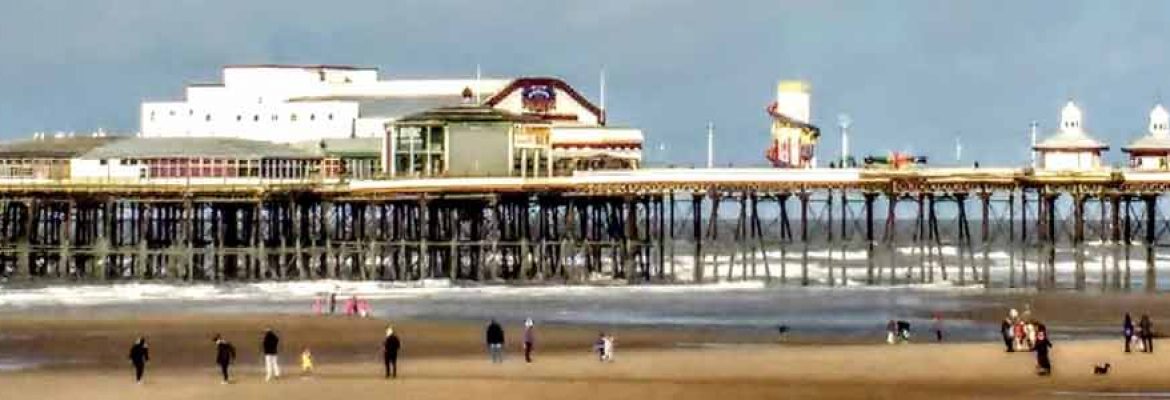South Beach Blackpool
South Beach (historically known as South Shore) is a distinctive area of largely late 19th-century resort-development less than two miles south of Blackpool town centre, immediately inland of the South Promenade. The study area stretches from Balmoral Road in the south to Shaw Road in the north, with the line of Simpson Street/Montague Street/Bath Street forming the western boundary and the railway line defining the eastern edge of the study area. The Casino on South Promenade is outside the study area, with the study areas of Central Promenade adjoining to the west and Bloomfield to the north.
The principal north-south route is Lytham Road, a straight, wide road laid out in the late 18th-century as part of the enclosure of the moss, but not built-up until the end of the 19th century. To the west, Bond Street, formerly called Church Street, developed as an important shopping street in the second half of the 19th century, serving a largely middle class market of residents and holiday-makers and originally named after Holy Trinity Church, first built in 1836. Waterloo Road, the principal east-west road also developed as a busy retail street, leading to the sea front. South Beach initially developed as a separate resort from Blackpool; the first houses were built in 1819 and it was fashionable with middle class families for holidays and private housing. By the 1890s there was continuous development between the two settlements, linked by the improved promenade and tramway, and the density of building had increased. The present built character of South Beach reflects the social history of its past, with larger middle class lodging houses to the south on east-west roads closest to the sea, such as Balmoral Road and towards the south end of Lytham Road, but with denser houses built for working people towards the north; streets such as Garden Street and Wolseley Road are lined with workers’ housing. Bolton, Montague and Bath Streets developed as narrow service roads to the rear of Promenade hotels.
The rate of development accelerated after South Shore railway station opened in the 1870s and with the opening of the South Pier in 1892. The third quarter of the 19th century is marked by groups of handsome terraced lodging houses on streets such as Withnell Road. There are now few houses dating from the earlier phases of development; No.51 Dean Street is a rare mid 19th -century house. The historic pattern of development has resulted in a distinctive, fairly homogenous townscape with a fine grain, with streets densely lined with buildings of regular scale and similar pattern. Houses are mostly red brick, with some stone-fronted properties. There are no public open spaces in South Beach, apart from a surface car park on the site of the former railway station. Private gardens and rear yards are generally very small, the high density relieved only by the openness of the nearby Promenade. Most of the streets of terraced lodging houses are intact with very little later development, cleared sites or modern infill to disrupt the urban grain and unity of the streets; there have been some losses along Lytham Road and towards the south end of Bond Street. This means that views along most streets, including to the west August 2009 4 and towards the sea, are much as they were a hundred years ago.


